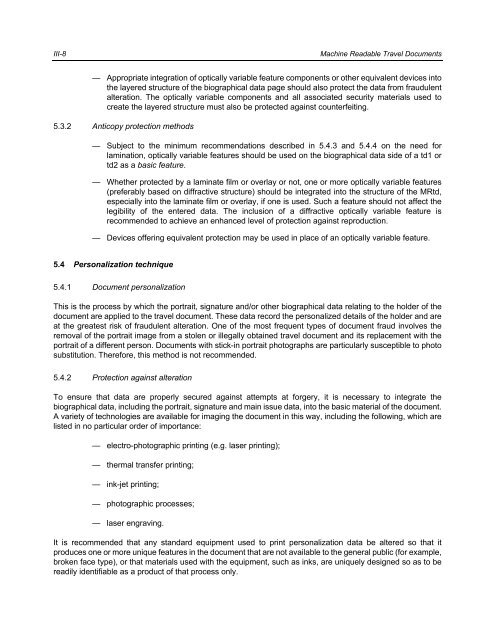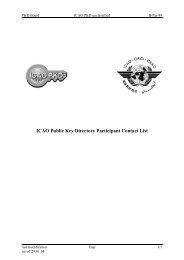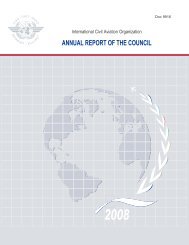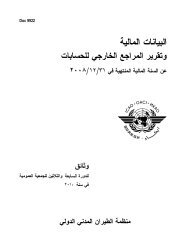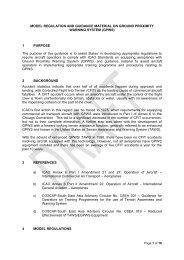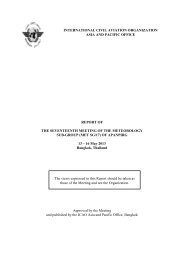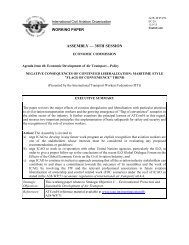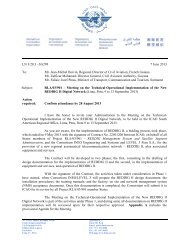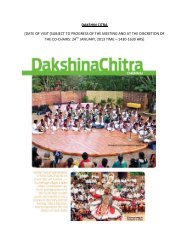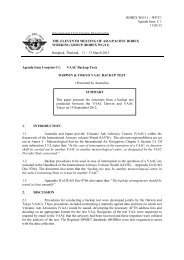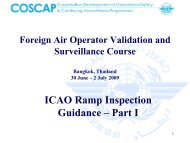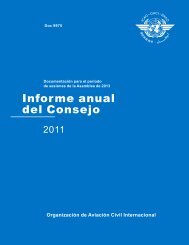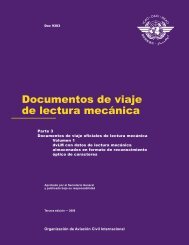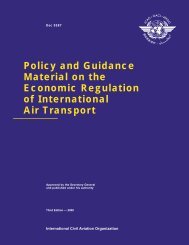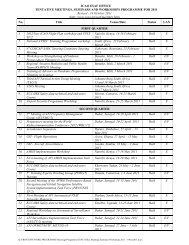Machine Readable Travel Documents - ICAO
Machine Readable Travel Documents - ICAO
Machine Readable Travel Documents - ICAO
Create successful ePaper yourself
Turn your PDF publications into a flip-book with our unique Google optimized e-Paper software.
III-8 <strong>Machine</strong> <strong>Readable</strong> <strong>Travel</strong> <strong>Documents</strong><br />
— Appropriate integration of optically variable feature components or other equivalent devices into<br />
the layered structure of the biographical data page should also protect the data from fraudulent<br />
alteration. The optically variable components and all associated security materials used to<br />
create the layered structure must also be protected against counterfeiting.<br />
5.3.2 Anticopy protection methods<br />
— Subject to the minimum recommendations described in 5.4.3 and 5.4.4 on the need for<br />
lamination, optically variable features should be used on the biographical data side of a td1 or<br />
td2 as a basic feature.<br />
— Whether protected by a laminate film or overlay or not, one or more optically variable features<br />
(preferably based on diffractive structure) should be integrated into the structure of the MRtd,<br />
especially into the laminate film or overlay, if one is used. Such a feature should not affect the<br />
legibility of the entered data. The inclusion of a diffractive optically variable feature is<br />
recommended to achieve an enhanced level of protection against reproduction.<br />
— Devices offering equivalent protection may be used in place of an optically variable feature.<br />
5.4 Personalization technique<br />
5.4.1 Document personalization<br />
This is the process by which the portrait, signature and/or other biographical data relating to the holder of the<br />
document are applied to the travel document. These data record the personalized details of the holder and are<br />
at the greatest risk of fraudulent alteration. One of the most frequent types of document fraud involves the<br />
removal of the portrait image from a stolen or illegally obtained travel document and its replacement with the<br />
portrait of a different person. <strong>Documents</strong> with stick-in portrait photographs are particularly susceptible to photo<br />
substitution. Therefore, this method is not recommended.<br />
5.4.2 Protection against alteration<br />
To ensure that data are properly secured against attempts at forgery, it is necessary to integrate the<br />
biographical data, including the portrait, signature and main issue data, into the basic material of the document.<br />
A variety of technologies are available for imaging the document in this way, including the following, which are<br />
listed in no particular order of importance:<br />
— electro-photographic printing (e.g. laser printing);<br />
— thermal transfer printing;<br />
— ink-jet printing;<br />
— photographic processes;<br />
— laser engraving.<br />
It is recommended that any standard equipment used to print personalization data be altered so that it<br />
produces one or more unique features in the document that are not available to the general public (for example,<br />
broken face type), or that materials used with the equipment, such as inks, are uniquely designed so as to be<br />
readily identifiable as a product of that process only.


